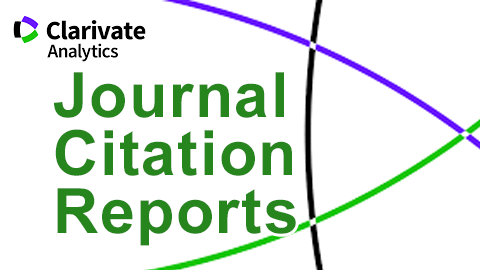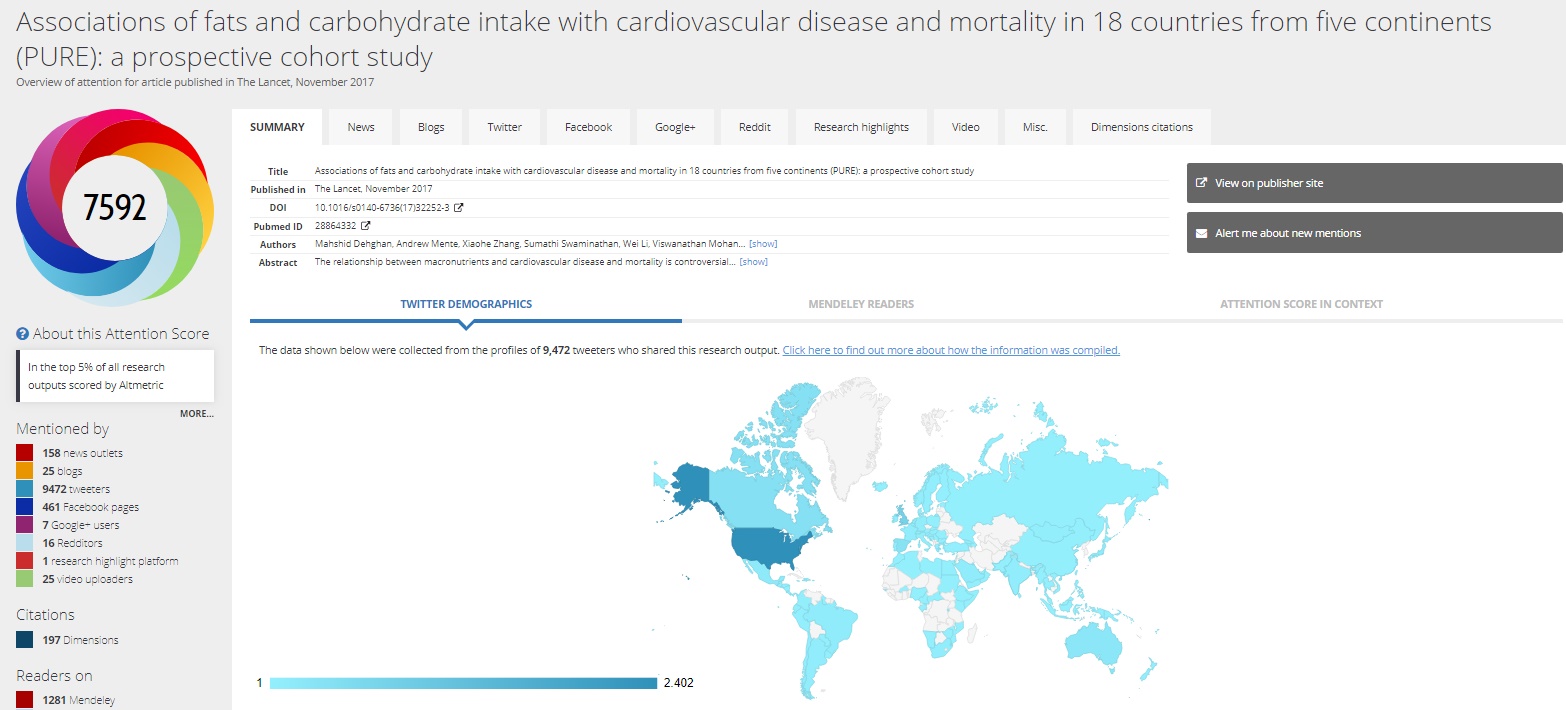Scientific evaluation indicators
What is a journal's impact factor and how is it calculated?
The impact factor or index is a value that measures the repercussion of a journal in the scientific documentation, analysing the citations of the articles published in it. It is obtained by dividing the number of citations received by the journal by the number of articles published in it, although there are variants (the years evaluated or the type of documents). The most common formula is:
I.F 2018 = citations received from articles published during 2016 and 2017 / Number of articles published in 2016-2017

Other related indicators are the 5 Year Impact Factor, the Immediacy Index, or the Impact Factor Without Journal Self Cites:
- 5 Year Impact Factor is the same calculation as the Impact Factor, taking into account the previous 5 years.
- Immediacy Index measures the speed with which a journal's article is cited and the frequency with which journal's articles are cited in a year. This index indicates that the journal publishes high-impact articles if their value is high. It is calculated by dividing the number of citations received for journal articles published in a year by the number of articles published in that year.
- Impact Factor Without Journal Self Cites is the same calculation as the Impact Factor, without taking autocites into account.
Which is a Q1 or Q2 journal?
The quartile is an indicator that evaluates a journal in contrast to the rest of journals of the same subject matter. To categorize them, all the journals (with the same subject matter) are chosen, ordered by impact factor, and divided by 4; each set is called a quartile. The first quartile will be that group of journals with the greatest impact and will be considered a Q1 journal, and so on with each quartile.
It should be borne in mind that the same journal may have more than one subject (categories in JCR, area and category in SCimago Journal Rank-SJR), and therefore, may have several quartiles.
 |
Access to SJR (Scopus) |
Which is the index h? And the index g?
The index h is an indicator obtained by receiving an h number of citations in a h number of documents, and its value will be h. The h index is an indicator obtained by receiving an h number of citations in a h number of documents, and its value will be h. That is, a researcher, will have an index h = 15 when 15 of his publications each receive 15 or more citations. This h index can be given from an author, an institution or journal articles in a specific period of time. Both the Web of Science database and Scopus database offer this index.
The index g is an indicator similar to the index h, with the particularity of valuing those publications with a high volume of citacions. An index g is obtained when a person publishes a number g of articles and receives a higher number of g2 citacions. That is, a researcher will have an index g = 15 when 15 of his publications each receive at least 152 citations. Currently, the free application Publish or Perish calculates this index, both for research staff and for journals, although based on citation data collected in Google Academic.
What are altmetrics?
Altmetrics are a set of metrics used to measure those impacts of research that differ from the traditional metrics of scientific production, indicators basically derived from the social web, which are generated from the interactions of users in web spaces with publications generated by researchers. These new metrics reflect the influence of scientific work in the new digital context, where social networks and information are grouped together: visits to web pages, downloads, references in blogs and publicatons on Facebook and Twitter, the times when an article has been marked as a favourite or saved among the references of a bibliography manager, such as Mendeley. In order to have these results, the article must have a DOI code.
Bellow, you can see an example of Altmetric from the article with the highest impact on social networks in 2017:
Dehghan M, Mente A, Zhang X, et al. Associations of fats and carbohydrate intake with cardiovascular disease and mortality in 18 countries from five continents (PURE): a prospective cohort study [en línea]. En: Lancet. Elsevier, 2017 ; vol. 390, núm. 10107, p.2050-62. [Consulta: 25-05-2019]. Disponible en: doi.org/10.1016/S0140-6736(17)32252-3




